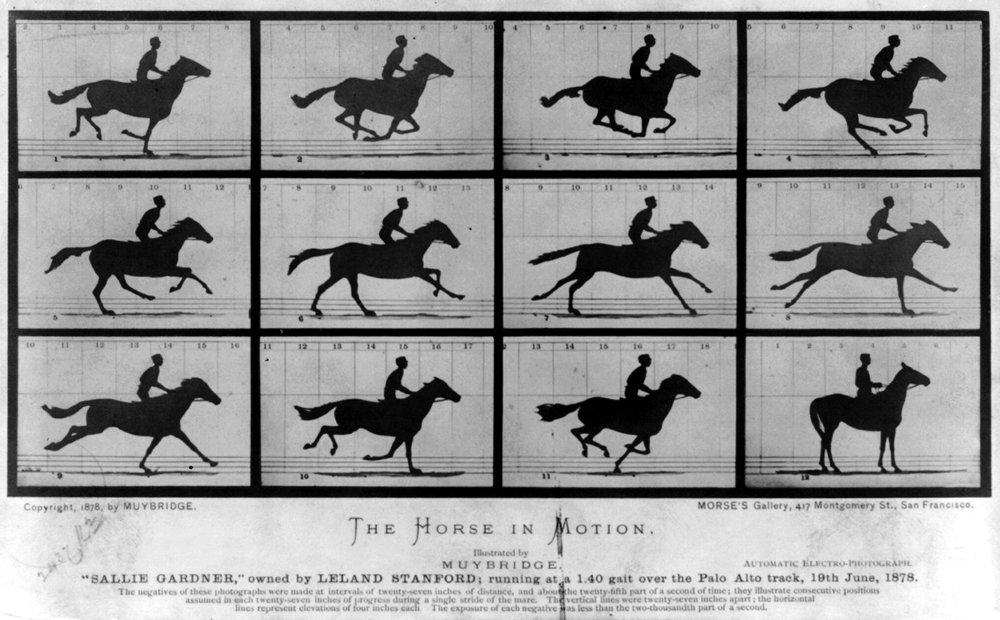Content begins here
Contenido de la página principal
Pulsa para colapsar
Traditional animation exercises
This lesson focuses on the understanding of light from the base of it, how this is what makes us have natural movements and we can perceive animation. See examples of old toys and in this way understand the dimensions of the movement, how they are reproduced in time and how they must be aesthetic to be well perceived by the viewer who observes the composition.
Objectives:
- Understand light as the deception of the eyes and how the movements arise from there.
- Do simple exercises to build a light toy.
- Make animations with shadows and real-life objects to understand their movement on the screen.
- Understand the composition of objects within the screen.
Through the knowledge we have acquired:
What is the phi effect and retinal persistence?
The phi effect is an phenomenon discovered by Eduard Muybridge who realized that the image placed at a certain speed stayed on the retina, causing the eye to connect it with the next image, produces the sensation of movement.
How do you decide what to animate so that, even in a toy, it is beautiful?
The aesthetic compositions within animation are very important, taking into account what and how the objects move we can generate the sensation of an aesthetic movement, in addition to taking it to parameters such as irony, the perception of reality or the interpretation of it. Through simple references or simple thoughts, we can come to understand how something can be important to animate.
How can the interpretation of reality make simple objects have vital movements?
The referents and the study of animation make us understand the movement of things, using simple programs we can make an inanimate object seems as a living object. Always making a study of the movement through referents such as animals or humans, understanding the time that light stays in our eyes.
Examples:
1. Phi effect of a horse developed by Edward Muybrigde.

Conclusions
Retinal persistence is the basis of animation and of the audiovisual itself, through simple toys and simple exercises we can understand and apply it to move on to what we want to tell within animation.
Video and PDF presentationPulsa para colapsar
The following video explains the content of this lesson and shows some examples:
Video T1.L4. Traditional animation exercises
Here you have the content of the video in pdf in case you need to use it in your classroom:
Pulsa para colapsar
Here you have the contents of the lesson in PDF:

